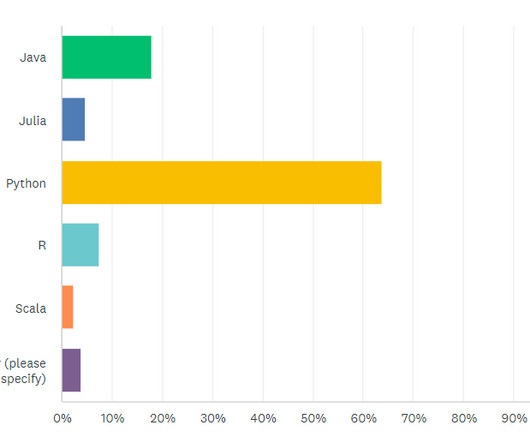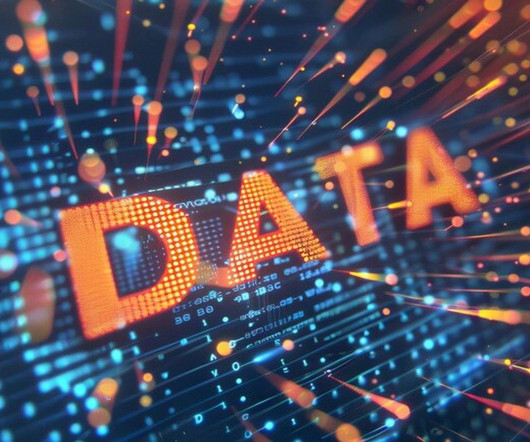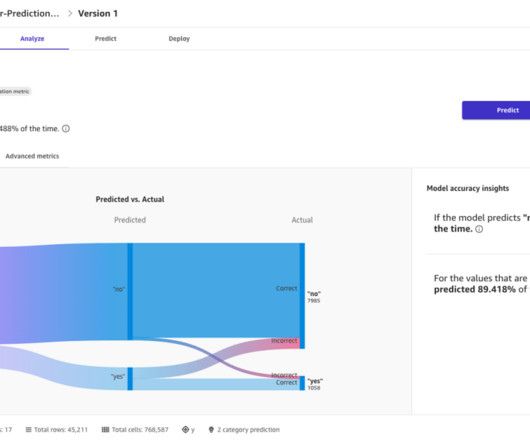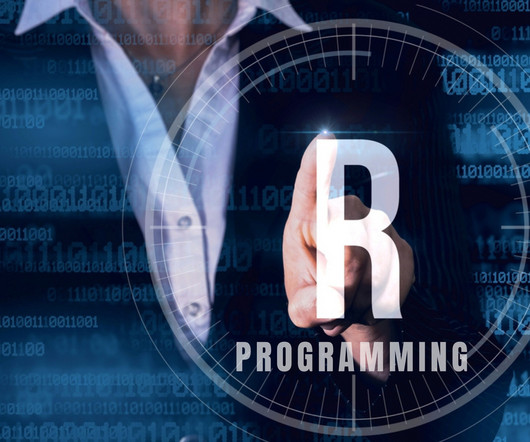State of Machine Learning Survey Results Part One
ODSC - Open Data Science
MARCH 6, 2023
For the last part of the first blog in this series, we asked about what areas of the field data scientists are interested in as part of the machine learning survey. Big data analytics is evergreen, and as more companies use big data it only makes sense that practitioners are interested in analyzing data in-house.















Let's personalize your content